An Electrical / Electronic Assembler works on the repair, installation, modification and inspection of electrical and electronic components and materials. Electrical / Electronic Assemblers assemble components and materials which include wiring harnesses, sensors, and instrument components. Assemblers of the future will have an increased role as electric and electronic components are more heavily utilized in the aircraft platform. Assemblers will require skills in systems integration. Activities of Assemblers may also include operating machinery to make or assemble parts and products, assembling parts by hand, setting up equipment and performing minor repairs to items rejected from the production line.
The Electrical / Electronic Assembler is thoroughly familiar with safe work practices and the rules and regulations affecting his/her work and work place. The Electrical / Electronic Assembler is involved in the set-up and operation of tools and equipment, as well as some semi-automatic processes. The Electrical / Electronic Assembler should possess a high level of manual dexterity and a strong interest in aircraft electrical and electronic components. The individual must be able to work with others cooperatively and follow directives precisely.
Certification Requirements
To qualify for certification with CCAA, the applicant must possess the necessary knowledge and skills and have successfully completed all the required mandatory tasks and sub-tasks within the logbook. Certification as an Electrical / Electronic Assembler requires that all forty-four (44) specified mandatory tasks are successfully completed. In addition, the applicant must have a minimum of twenty-four (24) months on the job experience in the occupation, based on full-time employment.
The tasks in the logbook were made as generic as possible to accommodate the largest amount of work environments and equipment / tools but do not necessarily cover all tasks performed by individuals.
Tasks Common to Most Electrical / Electronic Assemblers
(note that sub-tasks for each task are not shown below)
Block A — Safety
Task 1 – Demonstrates Safe Working Practices
Block B — Technical Drawings and Information Interpretation
Task 2 – Reads and Interprets Technical Drawings and Information
Block C — Preparation
Task 3 – Obtains Materials / Equipment
Task 4 – Prepares Wires / Cables
Task 5 – Terminates Wires / Cables by Crimping
Task 6 – Terminates Wires / Cables by Soldering
Task 7 – Builds Harness
Task 8 – Prepares Components
Block D — Installation
Task 9 – Installs Components
Task 10 – Installs Harness
Block E — Testing
Task 11 – Tests Components and Assemblies
Block F — Assembly Re-Work
Task 12 – Perform Corrective Actions Based on Test Results
